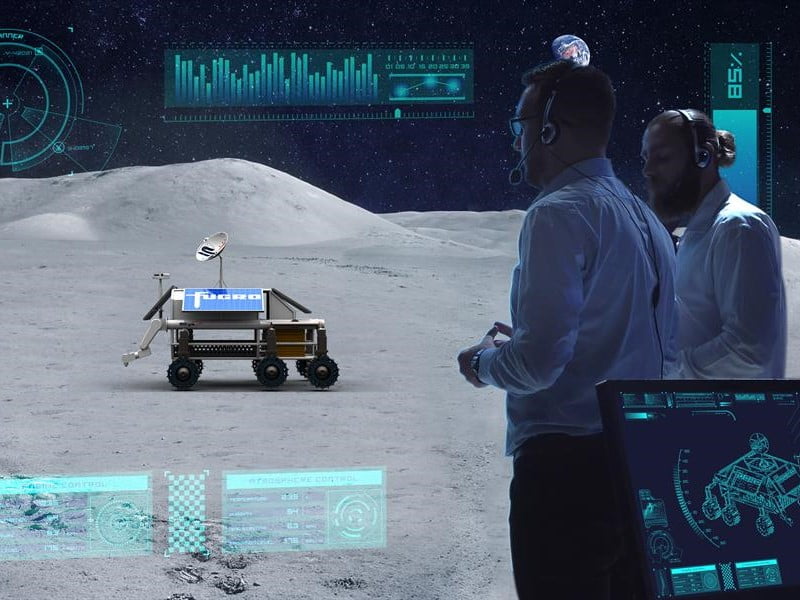Western Australia’s space sector has hit another milestone with the opening of the state government-funded Space Automation, AI and Robotics Control Complex.
Established and operated by Dutch geological data specialist Fugro, the multi-user facility opened on Thursday to provide remote operations activities in space as well as terrestrial and subsea remote operations.
The facility also features infrastructure to support software simulation of space vehicles, space robotic systems, and planetary exploration systems, including orbital mechanics and simulated communication links with time delays.
Fugro received $3.5 million from the state government last year and $4.5 million from the Australian Space Agency to set up the complex.

Houston-based lunar program operator Intuitive Machines is an early partner to the Space Automation, AI and Robotics Control Complex (SpAARC). SpAARC will integrate into the American firm’s space operations and support its missions from January 2023.
Intuitive machines has three NASA contracts to deliver payloads to the moon, and describes itself as the “most NASA-awarded commercial lunar program”.
SpAARC space systems director Dawn McIntosh told Australia in Space Magazine earlier this year that collaborating with companies in the Northern Hemisphere can allow operations to continue as they sleep.
Deputy Premier and science minister Roger Cook described the opening of the complex as a “historic moment for Western Australia’s space industry”.
“We are a world-leader in terrestrial remote operations across the resources sector, and now is the time to utilise that experience and expertise to support the burgeoning space industry,” Mr Cook said.
“We are seizing the opportunity to transform WA into a global space and technology hub that attracts the best and brightest talent, and accelerates the diversification of our economy.”
Earlier this year, Western Australia’s chief scientist Peter Klinken participated in two of the state’s innovation trade missions to Europe and the United States. On his return, he told InnovationAus.com that companies in the United States were particularly surprised by how advanced remote operations, robotics, automation, and space technology is in Western Australia.
SpAARC funding from the Australian Space Agency was provided through the $19.5 million Space Infrastructure Fund. The fund aimed to support seven infrastructure projects with common-user platforms that had yet to be provided through the private sector alone.
This includes the Australian Space Data Analysis Facility, which received $1.5 million through the fund and $500,000 from the state government.
In the 2022-23 state Budget, Curtin University’s Binar Space smallsat program received $2.5 million while the Australian Remote Operations for Space and Earth industry consortium received $4 million. Fugro is a founding member of the consortium.
Do you know more? Contact James Riley via Email.

